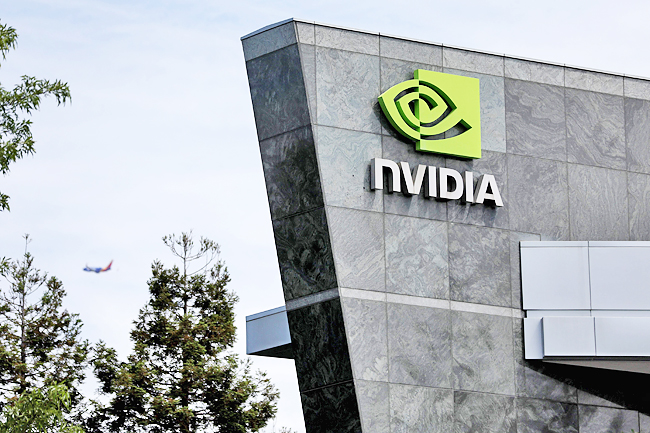SAN FRANCISCO (AFP) – Nvidia, a chip technology company, became a trillion dollar enterprise this week and the world’s newest tech giant. Here are a few key facts about the little-known firm.
Nvidia is not an out-of-the-blue startup. Founded in 1993, Nvidia designs chips that are used in the fastest developing sectors of the tech business: gaming, video-editing, self-driving cars and, now, artificial intelligence. Its technology was also in the mix for the crypto boom.
“We had this idea that computer graphics was going to be the driving force of technology and (its) fuel would be video games,” co-founder and Chief Executive Officer Jensen Huang said in 2018.
Based in California, Nvidia doesn’t actually make its own chips, but rather designs them and then outsources the manufacturing to other companies, most notably Taiwan Semiconductor Manufacturing Company.
Its chips, known as graphics processing units (GPU’s), were used to create the effects in “Avatar” and other blockbuster films. But Nvidia turned into a behemoth when its wares proved to be adaptable to other industries that need huge computing power.

It also builds the systems and software that run its products, modelling its business plan on Apple, which uses must-have hardware to rope in consumers to other services.
Nvidia’s bread and butter has been the GPU and for the first decades of its existence, the company was laser-focused on delivering the best possible graphics for video games and movies.
There’s only one final judge and “it’s the human eye”, Chris Malachowsky, another Nvidia co-founder, said in 2012.
But soon, the chip was also seen as effective for other uses, including mining crypto currencies, processing massive amounts of data, and machine learning, the heavy computing process behind the AI revolution.
As the use cases expanded, and ChatGPT conquered the world, the company only grew stronger and it now holds an 82-per-cent market share for standalone GPUs.
In 2022, Nvidia released the H100, one of the most powerful processors it has ever built, costing about USD40,000 each, which it said was the first chip designed specifically for generative AI.
The H100, which holds 80 billion transistors, is seeing exploding demand from the cloud giants that power the AI arms race, such as Microsoft, Amazon and Google and any other company that can afford to join battle.






